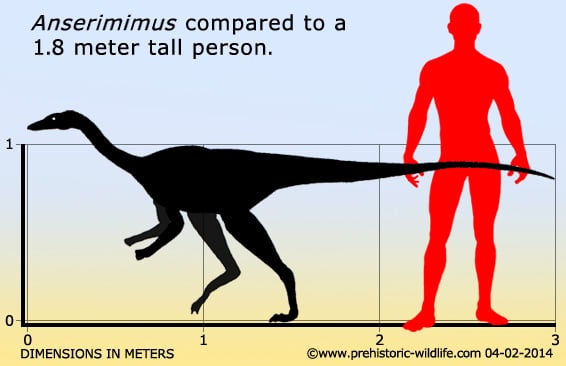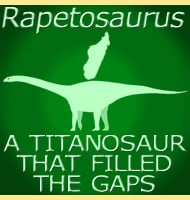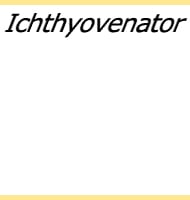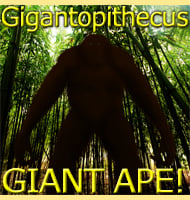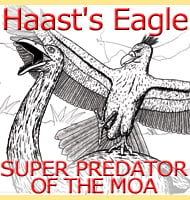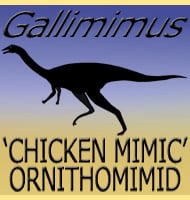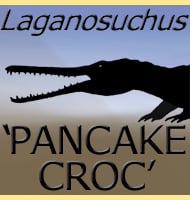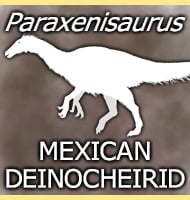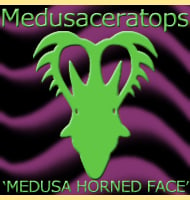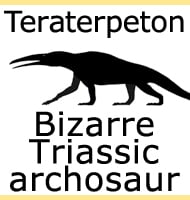In Depth
With an estimated length of around three meters long Anserimimus was towards the smaller end of the scale in terms of ornithomimosaur size. Other related dinosaurs from the same area such as Gallimius would have been at least double this size, while the very incomplete Deinocheirus would have been even larger than this. It’s most likely that these variations in total size were down to each genus taking up a different position in the ecosystem, growing to sizes that allowed them to best fit their roles.
Anserimimus is most different to other ornithomimids by the structure of the arms which are powerfully built with almost straight claws that are only slightly curved growing from the fingers. The actual hand bones themselves were fused which resulted in the hand being stiffened to maintain its shape. It would seem that this hand and arm structure evolved for a very practical and physical purpose given the much stronger development, but how and why this worked is still unknown for certain.
Further Reading
– A new Late Cretaceous ornithomimid from the Mongolian People’s Republic. – Paleontological Journal 1988(1):122-125. – R. Barsbold – 1988.
